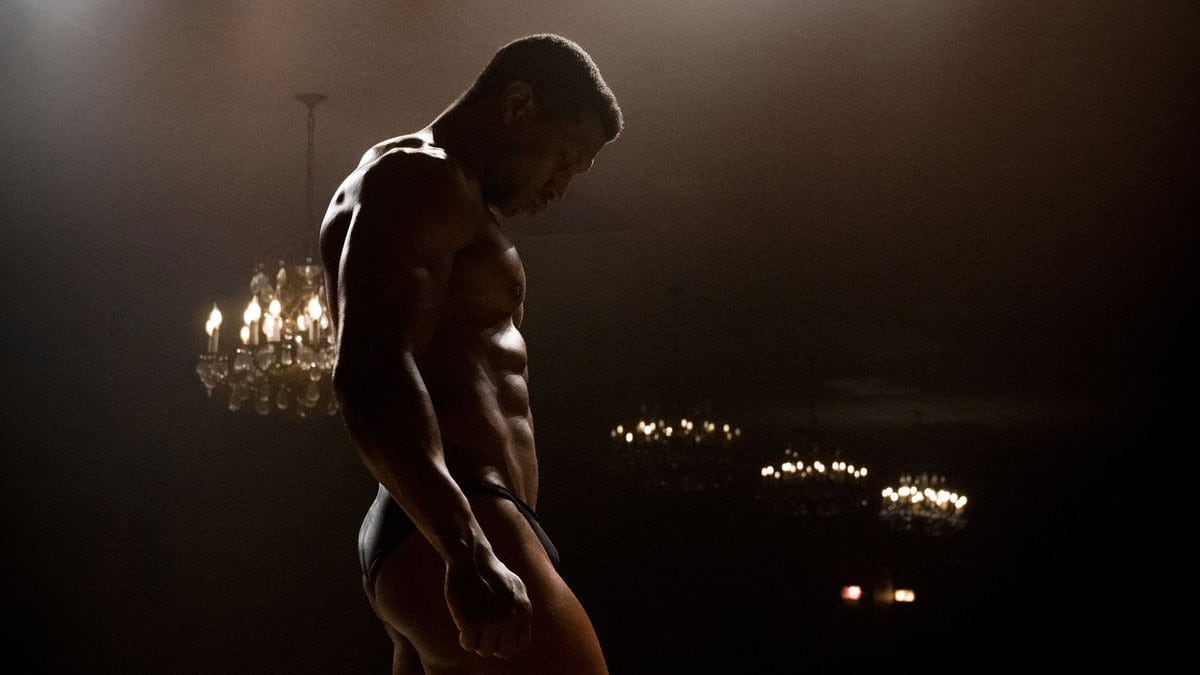Why Everyone’s Talking About Jonathan Majors’ Chiseled Body and Performance at Sundance
PARK CITY BUZZ
Before Sundance began, Majors’ transformation into a bodybuilder was causing a stir. Now his performance in “Magazine Dreams,” physique aside, is getting even more attention.

Trending Now





